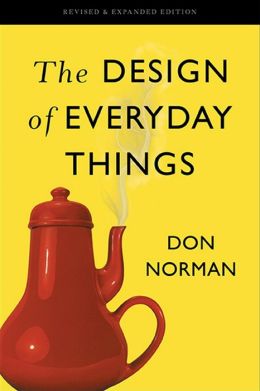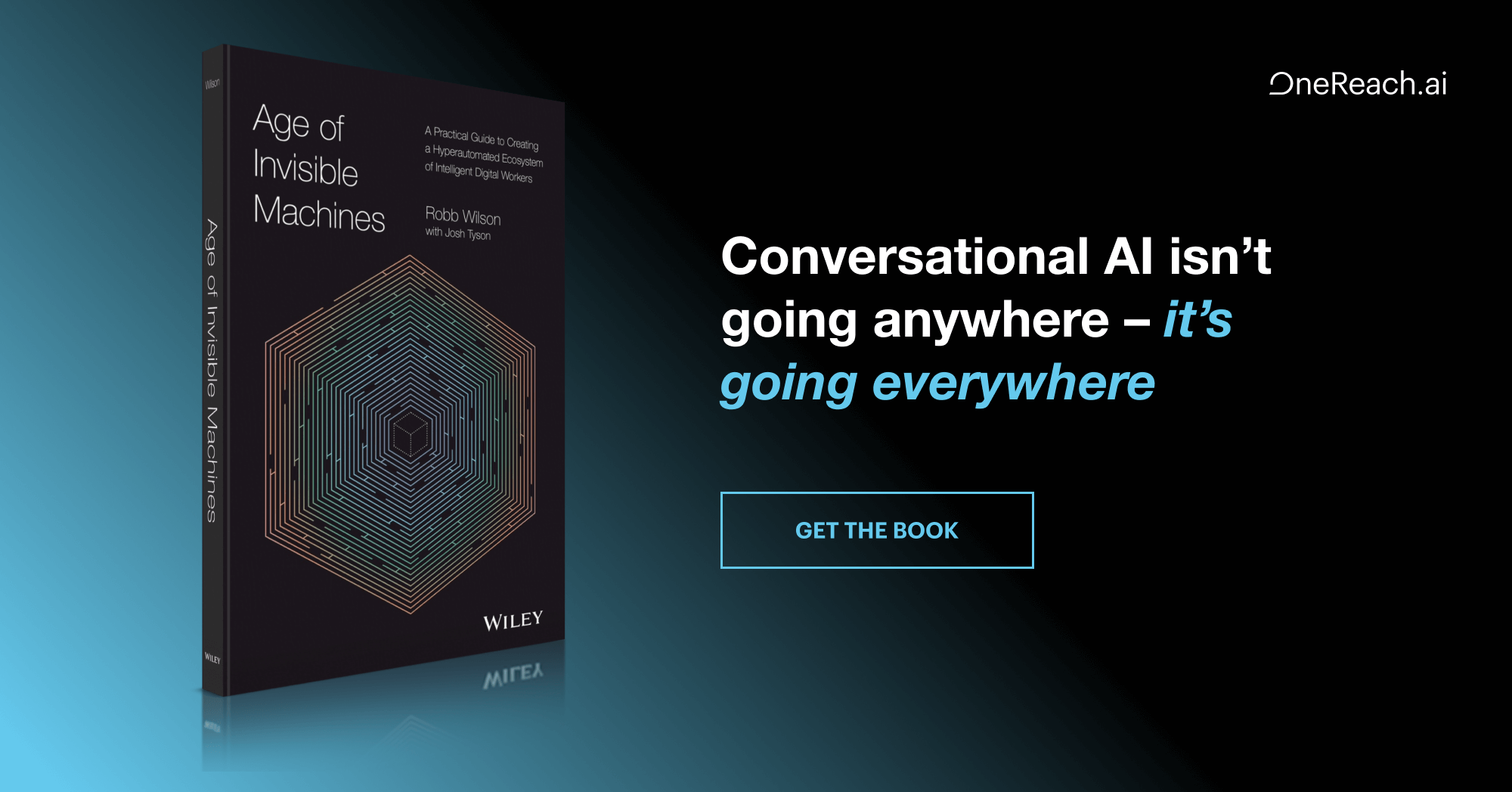At the LAUX Meetup Group, Media Contour’s Luke Swenson was able to track down Don Norman, author of The Design of Everyday Things: Revised and Expanded Edition and get his thoughts on problem solving, identifying the right problem, and why copying your competitors is unwise in a world where you should be focusing on your own strengths.
Your book begins with you challenging designers to ask “The Five Whys” when trying to solve their client’s problems. How can this technique help us discover new insights?
One of the important skills a good designer brings to the table is figuring out what the real problem is. Most designers fall prey to this. The client says what they want, what they want to achieve, and then the designer comes up with a solution, but they never really ask whether or not that’s the actual underlying problem. If you dig a little deeper for the fundamental problem, your research can lead to creative and innovative solutions, sometimes completely eliminating the original problem.
Can you give us an example of how uncovering the fundamental problem can help us create a better user experience?
Again, it’s all about solving the real problem. One of the best examples is the old VCR. People struggled with setting the time—the first President George Bush even quipped that one of the goals of his administration was to make sure that people could figure out how to program their VCRs. But why should you have to “program” a VCR by telling it the channel and time. You don’t want to watch a channel at a specific time, you want to watch a show. That’s what we do today. We don’t set the time. We don’t program: we simply search for the name of the show we want and say, “Record it.”
Understanding that a better recording experience [was the fundamental problem] led to the invention of the DVR. As you can see, the real issues were deeper. This applies to everything else: you have to ask why. Try asking “why” five times to find the real problem.

In your book, you also describe how design thinking can help discover underlying problems for our clients.
There’s an ideal human-centered design process, which lets you dig down into what the real problem is. For instance, let’s say there’s a lifestyle fashion company that needs to create a web presence. They’ve looked at their competition and then bring their needs to the designer. The designer needs to actually dig into what the core underlying issue is for that company.
There are several things going on here. First, you need to step back and ask do you really need a website? What other options are there to help you reach your goals? Of course, you can’t really talk to your client that way unless you know them very well. So, the process of identifying the real problem can’t be too obvious. You need to do it in a way that feels natural, which isn’t the easiest thing in the world.
But even so, I would try to understand the company and its needs. One important point: don’t copy the competition. Instead, find out what is unique about the company and make the website reflect that uniqueness. It has to stand out; it has to help differentiate the company from all the others out there in the world: act different, be different.
You talk about the importance of teams. How can small studios with limited resources build effective teams?
A lot depends on what your company does. Team building is all about filling specific roles. Small businesses need to focus on bringing on individuals who can fulfill multiple roles. Building a team is about bringing together people with different skills, but it’s equally important that they have different perspectives. You also have to ensure they’re all kept in the loop so they can add insight when the opportunity arises. It’s about making sure your team members have the opportunity to make breakthroughs.

What about “featuritis.” Why is focusing on strengths so much more important than copying your competition?
You have to stand out. You have to look different from the others. Take the number of Android phones on the market today. They all look the same, right? Don’t feature match. Don’t design match. Make your phone stand out from the crowd. It’s about your company, not about your competitors. What are your strengths? What does your website design say about your company? What does your product design say about your company?
For instance, if your company is a fun, whimsical clothing company, your website needs to reflect that. You might not resonate with EVERY person who comes to the site, but you don’t WANT every person to buy your clothing. You want those who fit in with your company’s identity. That applies to every single business out there. You need to express what your business is like, what your image is, and then connect with people who share that. You need to show that you can solve their problem.
“Act different, be different.”—Don Norman
Thanks to Crystal Ehrlich and Alberta Soranzo for helping make this interview possible.







